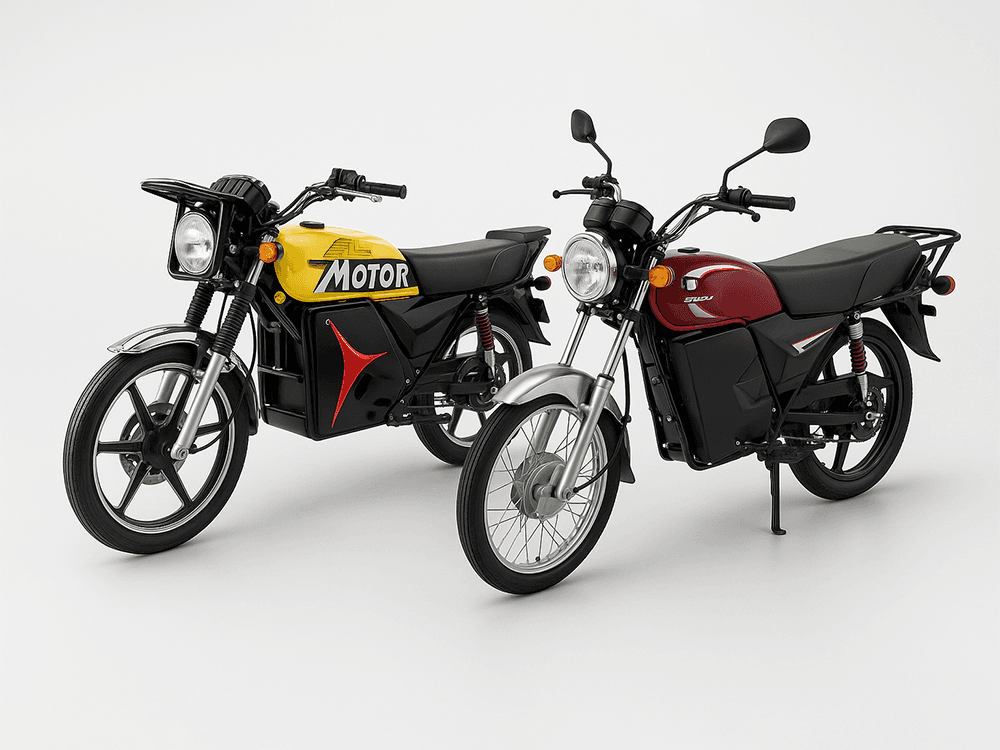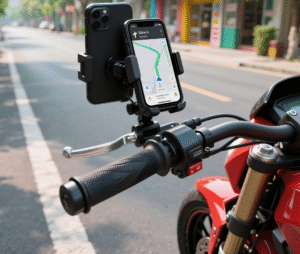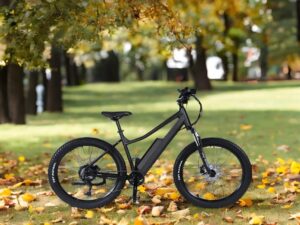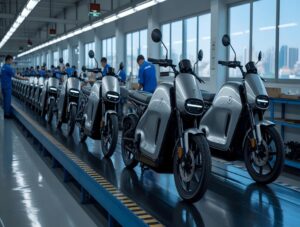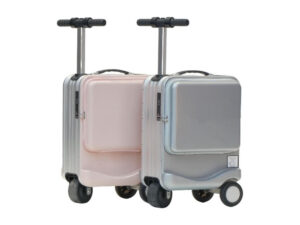If you want your electric motorcycle to remain in the best condition, continuous maintenance is indispensable. Fortunately, daily maintenance is not complicated.
This article will introduce you to simple yet important daily maintenance tips that every rider should master to help your electric motorcycle run smoothly and safely.
From battery maintenance, tire pressure checks, quick brake tests, chain upkeep to cleaning tips, you will fully grasp the key points of maintenance. Whether you are an experienced rider or a novice on an electric motorcycle, these simple daily habits can extend the vehicle’s lifespan and enhance your riding experience.
Why do electric motorcycles need daily maintenance?
Daily maintenance might seem like a trivial task, but it is the best defense against unexpected breakdowns and costly repairs. Electric motorcycles rely heavily on batteries and electrical components, and these parts require continuous maintenance to perform at their best. Through simple daily checks, you can ensure that the vehicle is running smoothly, is safe, and has a longer lifespan. Regular attention can also detect small problems before they worsen, thus saving time and money. Most importantly, it ensures that you ride more safely each time you hit the road.
1. Maintenance tips for extending battery life and performance
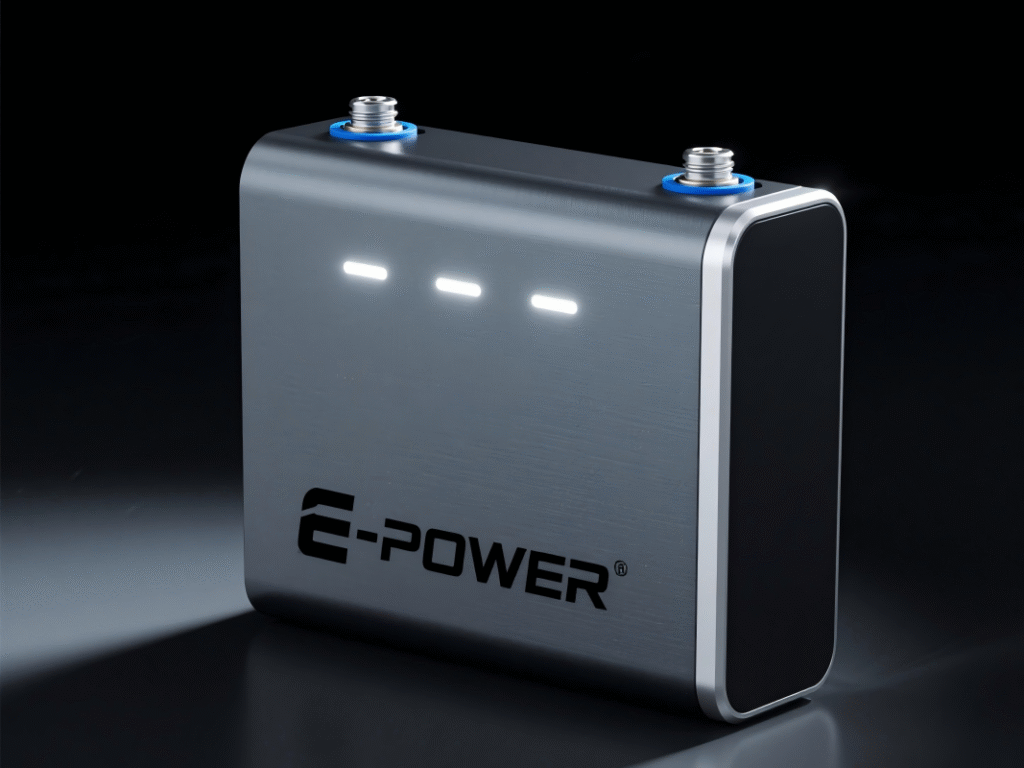
The battery is the core component of an electric motorcycle. The first step in daily maintenance is to monitor the battery charge – avoid having the battery run out of power too low, as deep discharge will gradually damage the battery’s health.
- Do not expose the battery to high temperatures or charge it at high temperatures.
- Charge the battery promptly after cycling and disconnect the power supply when it is fully charged to prevent overcharging.
- Keep the battery terminals clean and dry to prevent corrosion, and store the vehicle in a suitable temperature environment to avoid damage to the battery caused by extreme high or low temperatures.
2. Tire Inspection and Tire Pressure Monitoring
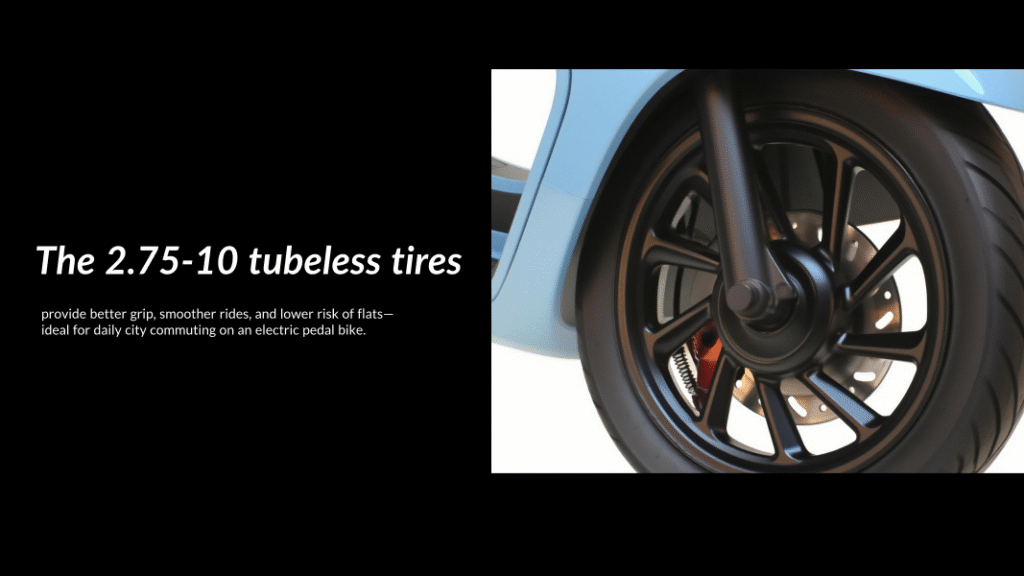
Tires directly affect the handling and safety of a motorcycle.
- Before each ride, visually inspect the tires for any cuts, punctures or excessive wear on the tread.
- Keep the tires clean and protected by avoiding oil stains, debris in the grooves, and riding at high speed on bumpy sections.
- Regularly check the tire pressure and ensure it is within the recommended range.
3. Rapid inspection of the braking system
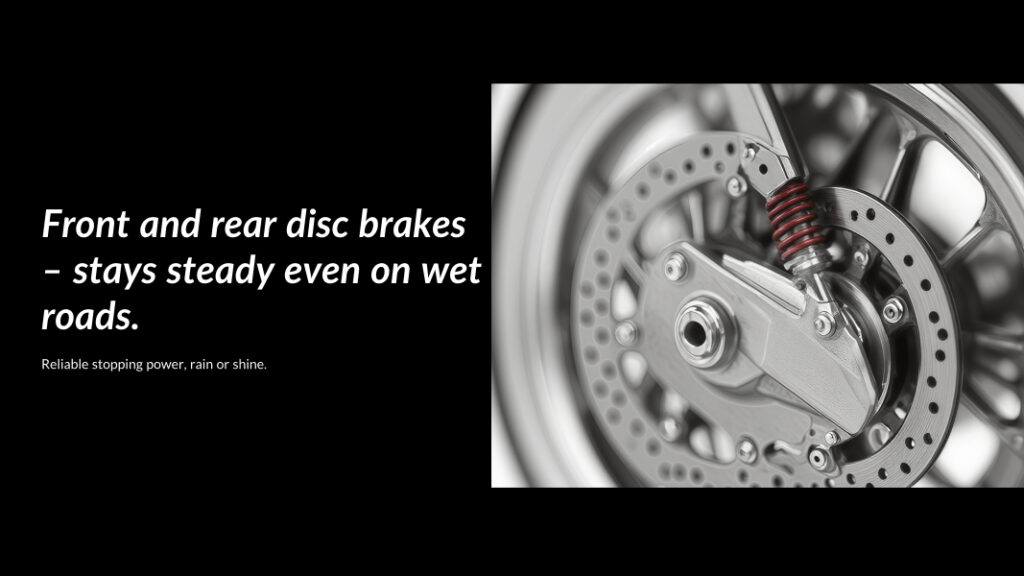
The brakes are a crucial safety component that requires daily attention.
- Avoid sudden braking. Slow down in advance when riding at high speed to reduce the wear on the brake pads.
- Regularly check the thickness of the brake pads – if they are severely worn, replace them promptly.
- Check the brake fluid reservoir to ensure the fluid level is within the safe range and look for any signs of leakage.
- Test the hardness of the brake lever or pedal. If it feels soft, there might be air in the brake lines, and professional repair is required.
4. Electrical system inspection
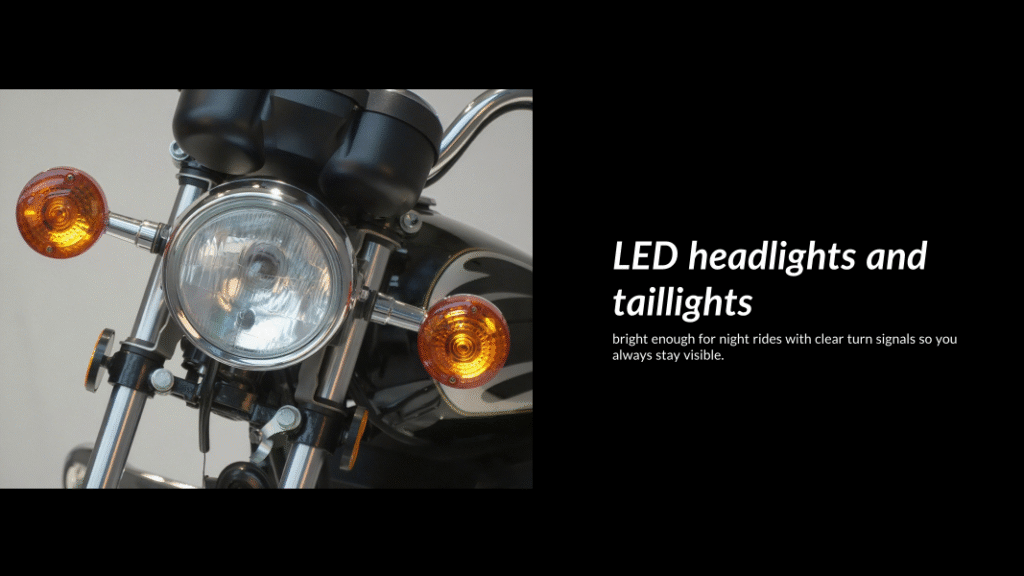
- Regularly inspect the headlights, taillights, brake lights and turn signals of the vehicle. Ensure they are functioning properly.
- Replace burnt-out bulbs in a timely manner.
- Test the headlights, brake lights, turn signals and horn before riding to ensure they are working correctly.
- Check if there are any error messages or warning lights on the dashboard. If you notice flashing lights or malfunctioning controls, further investigation or seeking professional advice is necessary.
5. Cleaning and Lubrication
- Regularly clean the electric vehicle, including the body, wheels, chains, etc. Check for any loose bolts, cracked parts or abnormal wear.
- Check for rust, stiffness or wear on the chains and chain wheels. For key parts such as chains and bearings, clean them and apply lubricant to reduce friction and wear.
6. Suspension and steering system inspection
The smooth handling and comfort largely depend on the suspension and steering systems.
- Before cycling, check if there are any visible leaks, cracks or damages in the front fork and rear shock absorber. Move the handlebars left and right to ensure smooth steering without any looseness or jamming. If there is any abnormal noise, stiffness or looseness in the suspension or steering system, address the issue promptly.
7. Daily and Short-Term Storage Techniques
Proper storage can protect electric motorcycles from environmental damage during daily or short-term parking.
- Park the vehicle on a flat surface, away from direct sunlight, rain or extreme temperature changes.
- High temperatures will accelerate the aging of the battery. Try to avoid parking for a long time in high-temperature environments, especially in areas exposed to intense sunlight.
- Avoid using the support for parking for a long time to prevent the tires from being deformed under pressure.
8. When to arrange professional maintenance
Although daily maintenance covers many basic aspects, some repairs require professional handling. If you notice persistent brake issues, abnormal noises, electrical malfunctions, or if there are still performance abnormalities after routine checks, you should contact a professional technician for repair.
It is recommended to conduct a regular professional inspection every 6 to 12 months (depending on usage conditions) – including detailed checks, software updates, and professional repairs that cannot be completed through routine maintenance.
By integrating these simple daily maintenance tips into your routine, your electric motorcycle will be able to run smoothly, safely and efficiently for a longer period of time.

